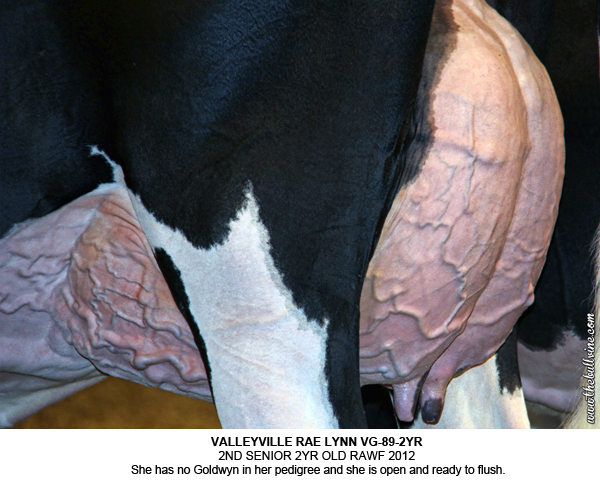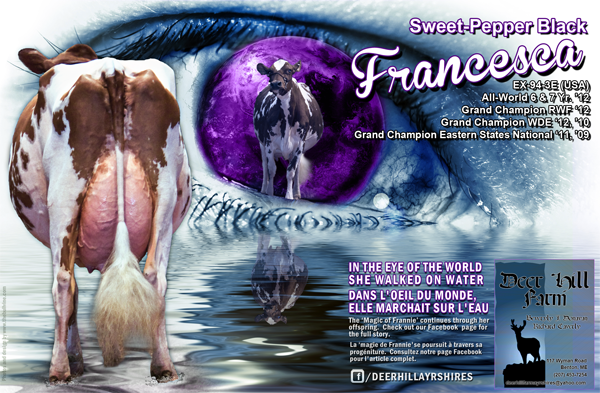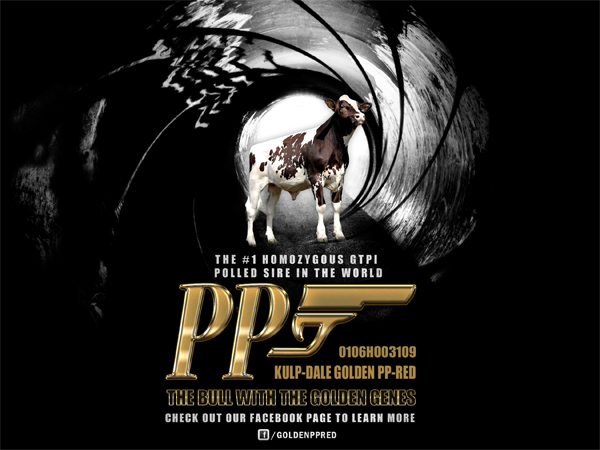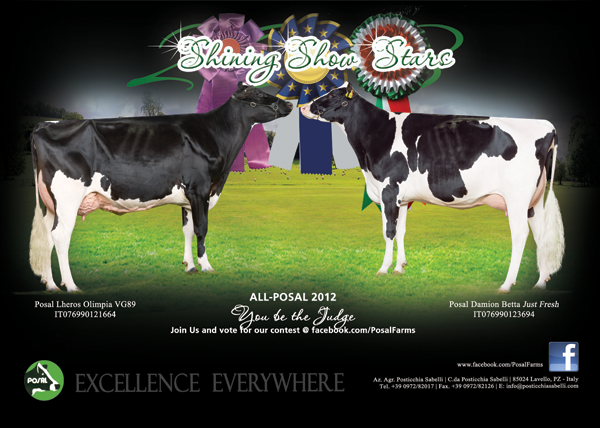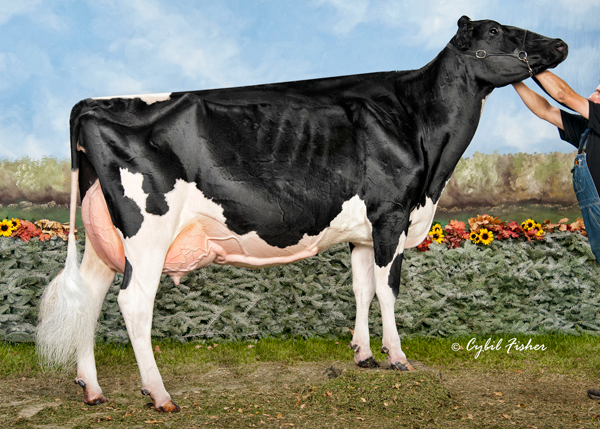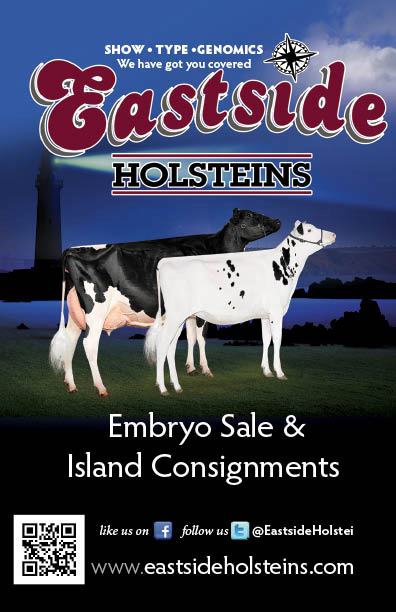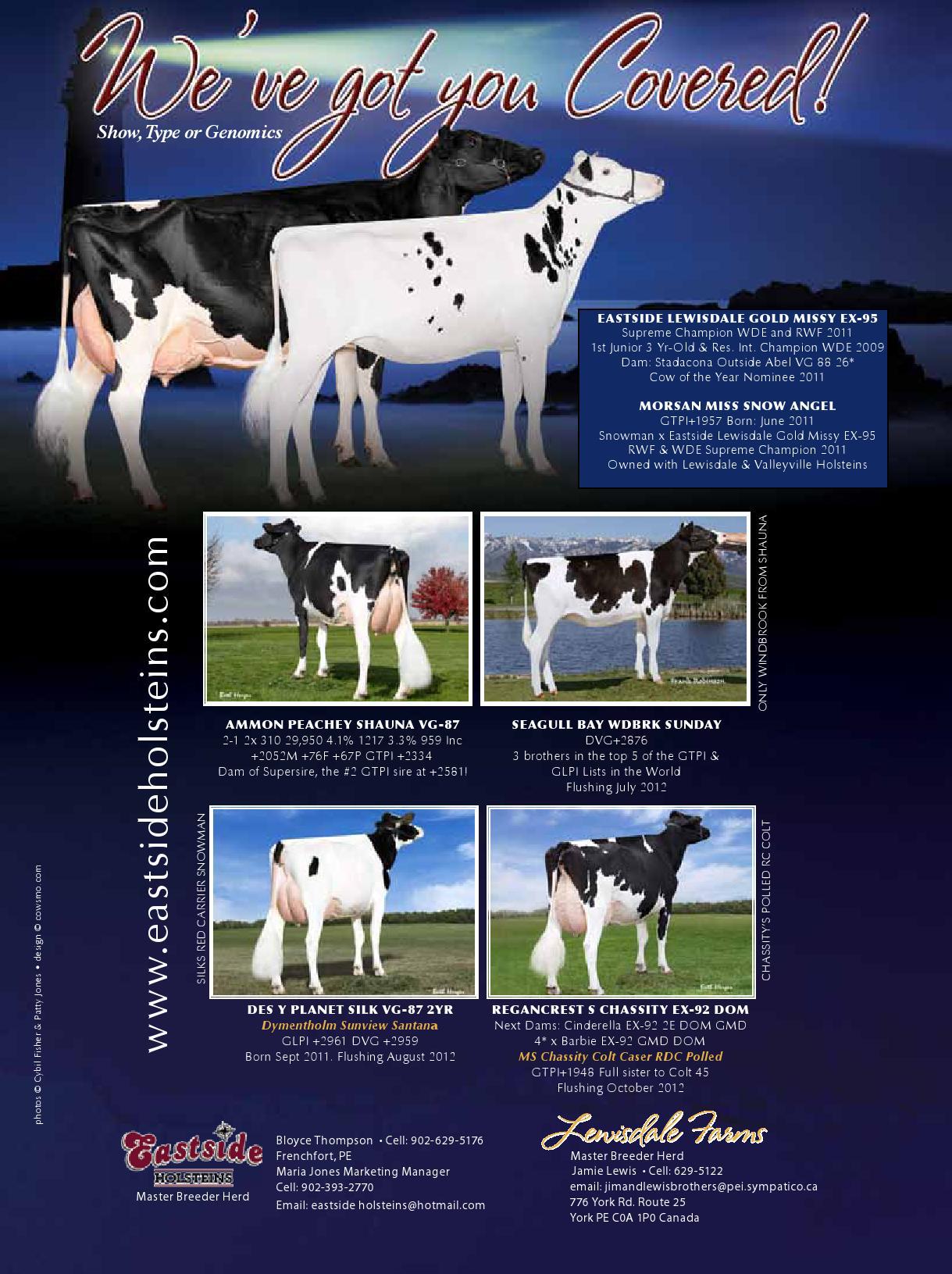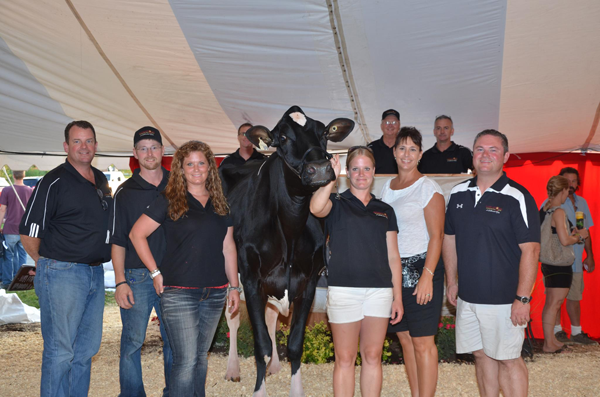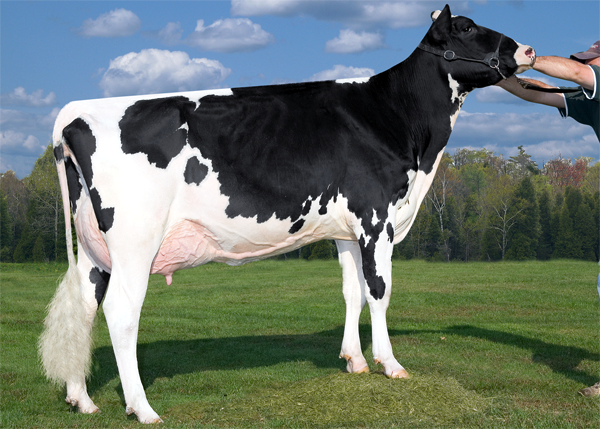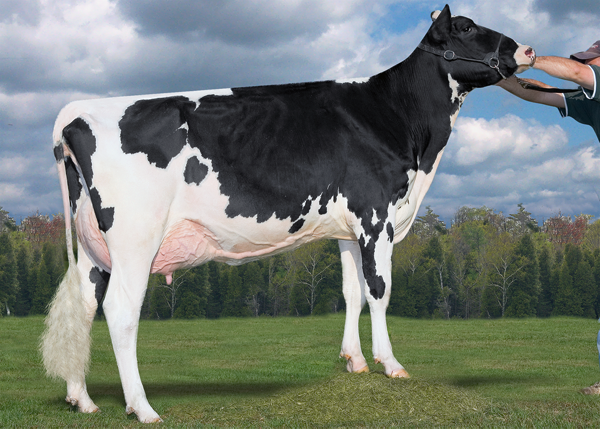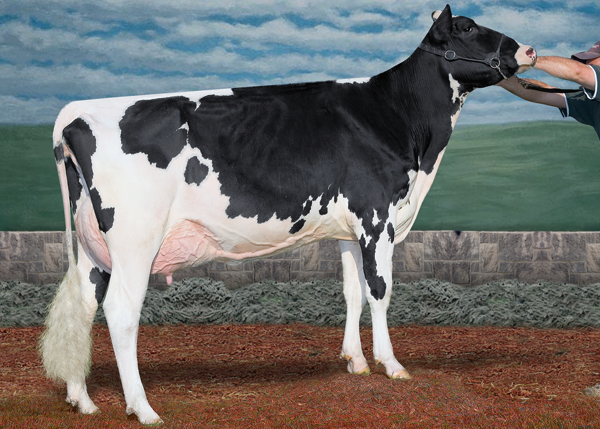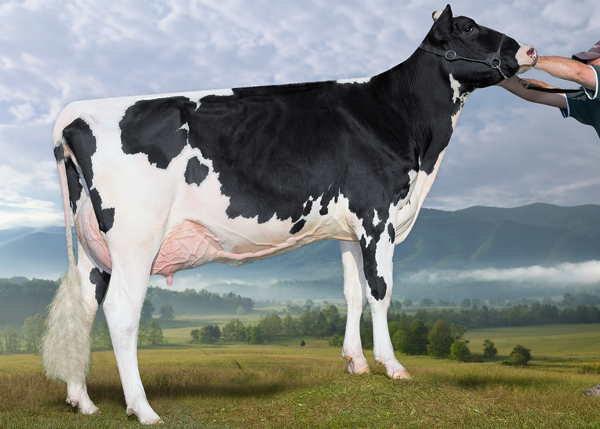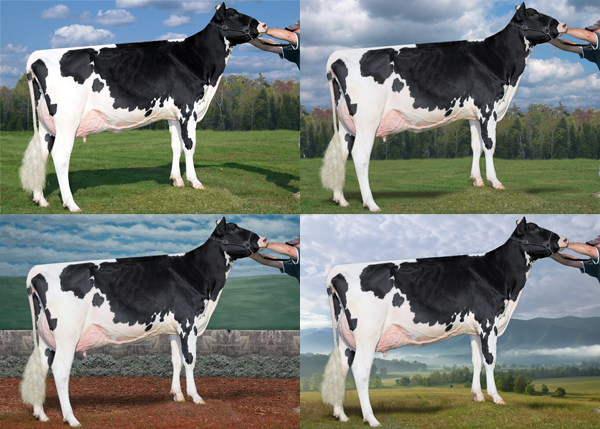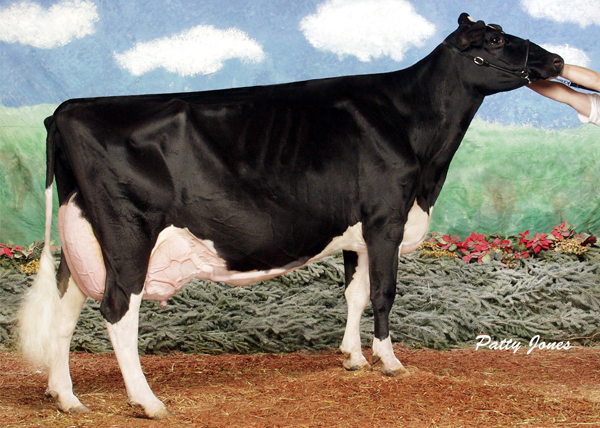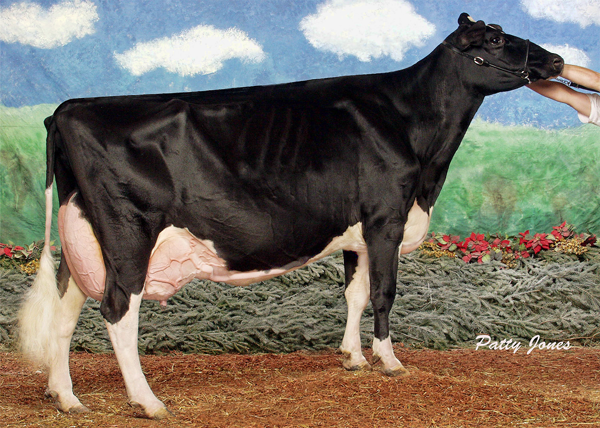Barn-appropriate attire has certainly changed over the years. Overalls, coveralls, boots and the iconic farm hat have defined ‘looking like a farmer’. The options available are weatherproof, waterproof and, if I had my way, they would be smell-proof and self-cleaning too. Regardless of what dairy folks choose to work in, we make our choices of what’s appropriate based on the job we are doing. There are no extra points given for fashion when cleaning stalls, filling feed bunkers or helping with a calf delivery in pouring rain in a muddy field. Dust, dirt and manure are ever present and ready to turn our country fresh style into downright dank and dirty.
While most dairy folks make excellent clothes choices for barn conditions, the ones we make in public, at meetings or in the show rings are sometimes questionable. What side of the fashion line are you on?
Ring, Booth and Barn Clothes are Broadcasting Your Farm Message
Clothes make a strong visual statement regardless of the industry you work in. Comfort and serviceability, boots and barn hats may serve their purpose in the barn. Unfortunately, some might think wearing them directly to a meeting not only saves time but sends a message that you’re a hard working dairy professional. Well. Not so much. You want your co-workers and potential customers to take you seriously. They should not smell where you’re coming from.
Should Farmers Dress for Success?
Yes, they should. Something as superficial as how you’re dressed does make a difference. Is there something clinging to your boots or pants from your last walk through the barn. Does your grooming and basic hygiene suggest that you have become “nose blind” to those country smells that city folk are not so familiar with? Maybe we are too familiarized with the messy side of our work day and forget that the uninitiated, who are also dairy consumers, are a little more fidgety about where there food comes from and what and who it comes into contact with. We have all seen how bad publicity over animal treatment can reflect on an entire industry. Wardrobe malfunctions can hurt too. It is always better to represent the industry as a professional whose outfit does not harm public perception of the people who produce or come into contact with the animals and food they eat..
Looking like a Farmers Starts with Who, What and Wear!
You can’t not communicate. Everything you do makes some kind of statement.
The old saying, “You can’t judge a book by its cover” may be true, but book jacket and product packaging designers around the world have created an industry betting that people will judge and purchase products based on how they look.
Things move incredibly fast today. Only things that catch our eye capture our attention. That goes for magazine ads, product packaging and, of course, people. Because we are so busy, looks count for a lot more than they used to. Like it or not, we are under a lot more scrutiny and looks make the first and most lasting impression.
We at The Bullvine make a big deal about the need to tell the story of farming in a positive way. However, before any of that story can come into play, we must get past the first impression. Whether we like it or not, that starts with your appearance. That first wave of impressions severely impacts perceptions of capability and credibility. Positive or negative that is what will stop you or start you moving forward.
“Dress for the ribbon you want”
If there were dairy ring fashion advisors, no doubt they would advise their clients to dress for the ribbon they want – in the same way job counselors tell you to dress for the job you and not the one you already have. When we stand at exhibit hall booths, or visit farms with our advice or products or simply converse with the public at a show, meeting or in the grocery story, we are evaluated by our appearance. It is important to “look the part”. There is no value in dressing low key in some misguided idea that it sends a humbler, more low key message. It simply says you don’t care.
You are What You Wear to the Show Ring!
To be fair, most dairy people display common sense when making their fashion statements in the show ring. Creativity is, usually, restricted to belt buckles for the guys and belts with bling and pants with sequined pockets for the girls. However, sometimes we witness some fashion statements which draw less positive attention to “those farmers”. If attention on yourself is more important to you than the animal you are leading, you might want to reconsider why you are in the ring in the first place.
First Do No Harm
When in the public eye either in the show ring or at a commercial booth – either buying or selling — the primary rule to observe is “first do no harm: The harm referred to is what happens right after split second decisions are made. While a showring Judge is unlikely to be affected by unprofessional, too tight, too revealing or unbecoming ring-wear, the audience has a great deal of time to ask themselves, “Is that the best they could do?” And then there’s the fact that you yourself are affected when your clothing is a distraction. We put countless hours preparing our animals for the best few minutes of their lives under scrutiny from a dairy judge who, in most cases, is formally dressed befitting the level of attention being given to selecting the top animals in each category.
Put Your Best Foot Forward
Dressing for success presents your true potential. It’s like putting your “best foot forward.”
Like it or not, most of us carry subconscious thoughts about what is acceptable or not. Especially in the workplace or when doing business. When given the choice between a well-dressed person and one in sloppy clothes with unkempt hair, the public, the judge or the possible client will choose the former… hands down
Although we loudly proclaim that looks should not make a difference …One advisor suggests this test. Wear your “barn” clothes to the bank one time and “professional farmer” clothes the next time. Pay attention to the difference in the attention you receive. Even though, we may protest, we are constantly judged on our appearance. And admit it. We do it too!
Start by Keeping it Covered!
We have all seen the outfit that looks great when the person is standing but becomes way too revealing when the wearer is seated on a chair at ringside or, worse yet, on a raised platform or stage. Too revealing works with tops too. It would be great if we all had perfectly toned bodies. We don’t. At the very least, keep it covered. Avoid cleavage displays, midriff tops and informal sheer T-shirts and butt views
Dairy Do’s, Don’ts and Dress Codes
In the dairy world, not all fashions are created equal. We’ve seen some pretty cringe worthy looks in our day. Here are some examples from the ring, exhibition hall and ag meetings that deserve a spot in the Don’t Hall of Fame!
- Skin Tight Pants. Thank goodness that, in general, they are a thing of the past. At best, they are uncomfortable at their worst they provide a severe case of TMI.
- Too much cleavage. If it isn’t right for the grocery store, it isn’t right for the red carpet, show ring or presentation ceremony.
- Too much color. In most dairy show rings, white and black are the best choices. For show ring photographers, many shows request all black clothing. The focus (pun intended) is meant to be on the cows.
- Too much glitter. So far this season, too much bling has not made it to the winners circle. My informal study indicated that glitter belts rarely place above sixth.
- Keep your wardrobe malfunctions out of the news. With instant sharing through social media your wardrobe slip-ups or fallouts could go viral. It’s how you handle these wardrobe malfunctions that will determine whether you’re dressed for success or seen at less than your best.
The Bullvine Bottom Line
A well put together outfit sends the message that you pay attention to detail. It suggests if you put so much effort into your image, you’re probably just as meticulous in your work. If how you look is sending a message…. what are you saying about dairy farmers?
Get original “Bullvine” content sent straight to your email inbox for free.








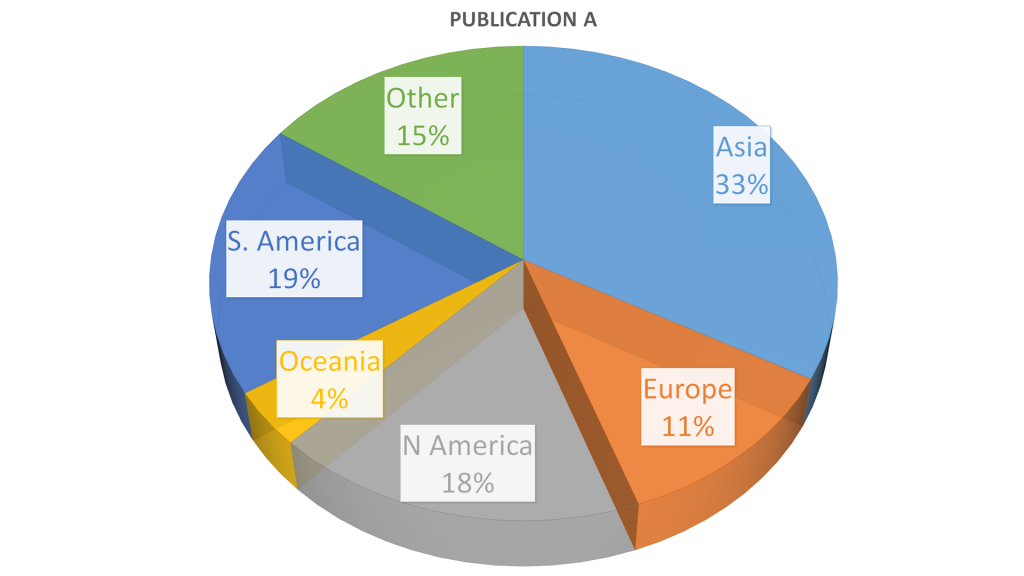
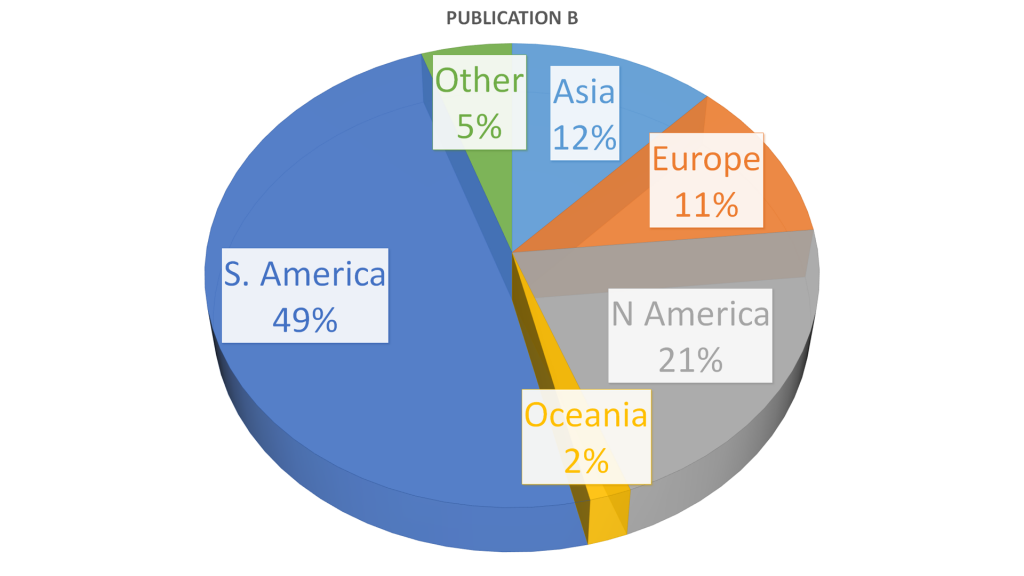
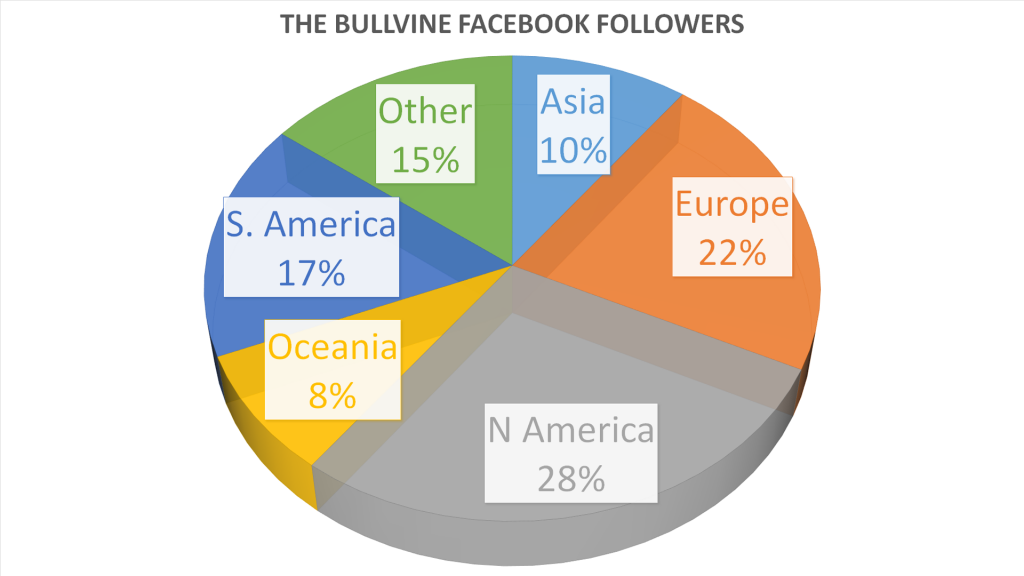


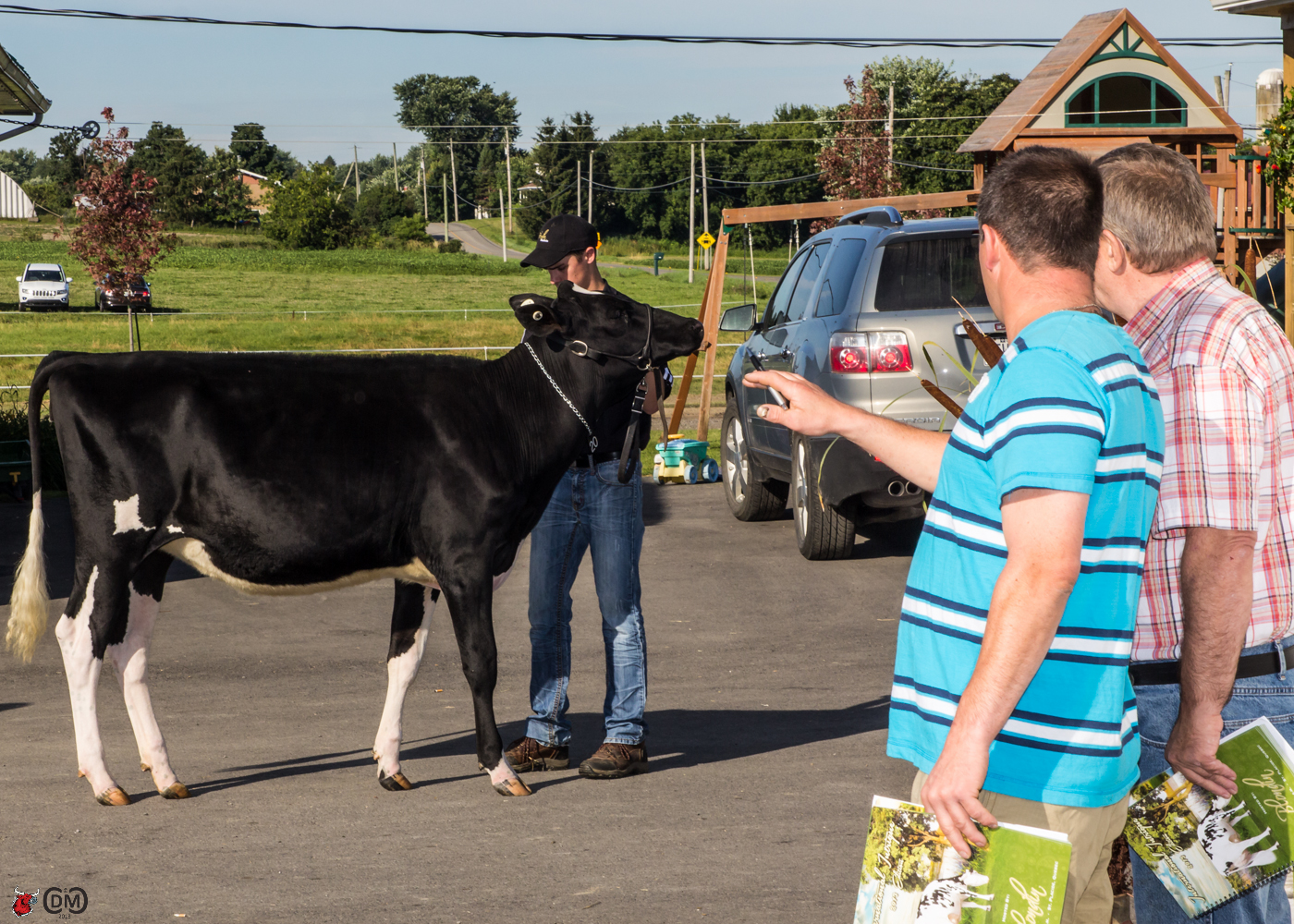
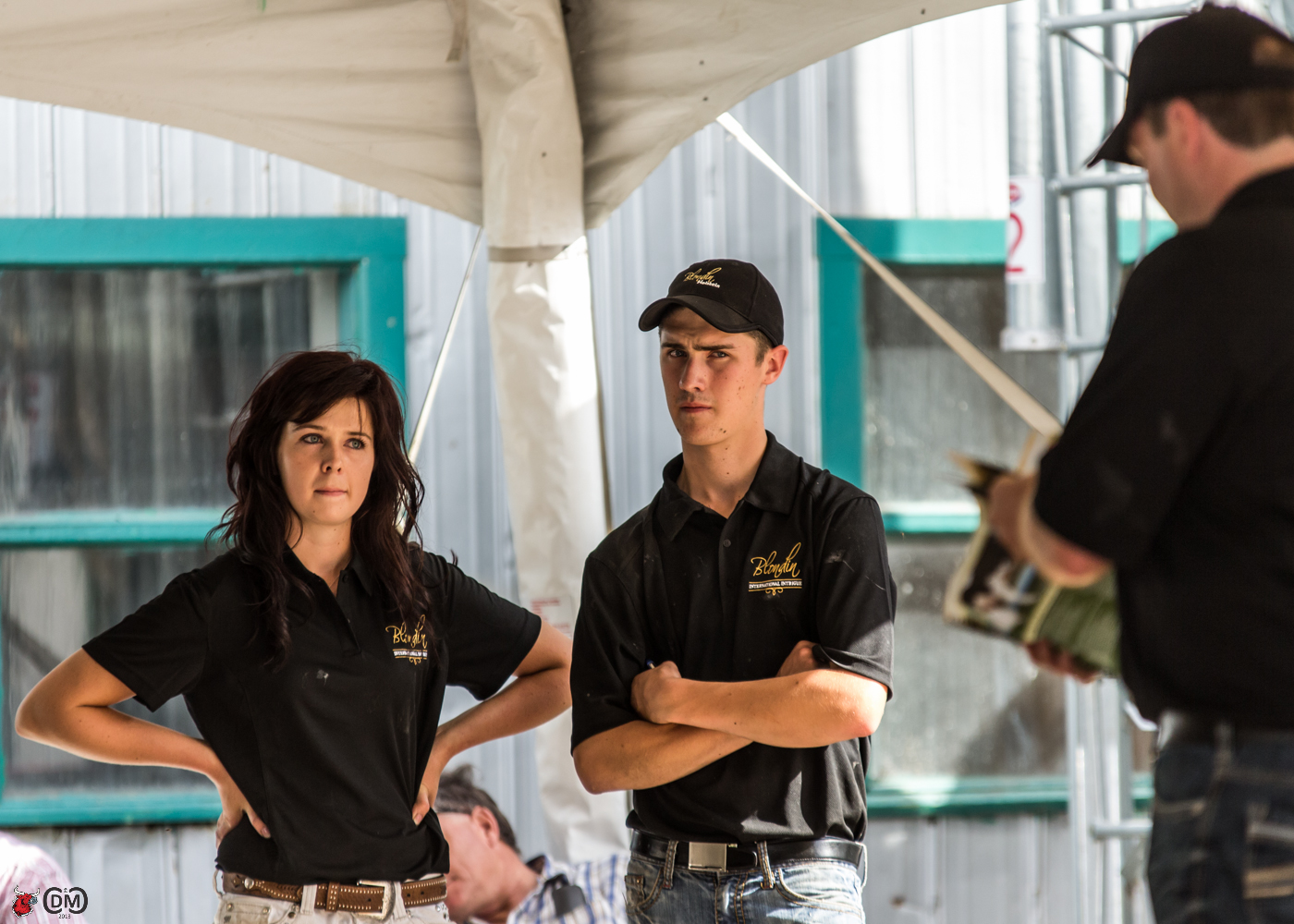



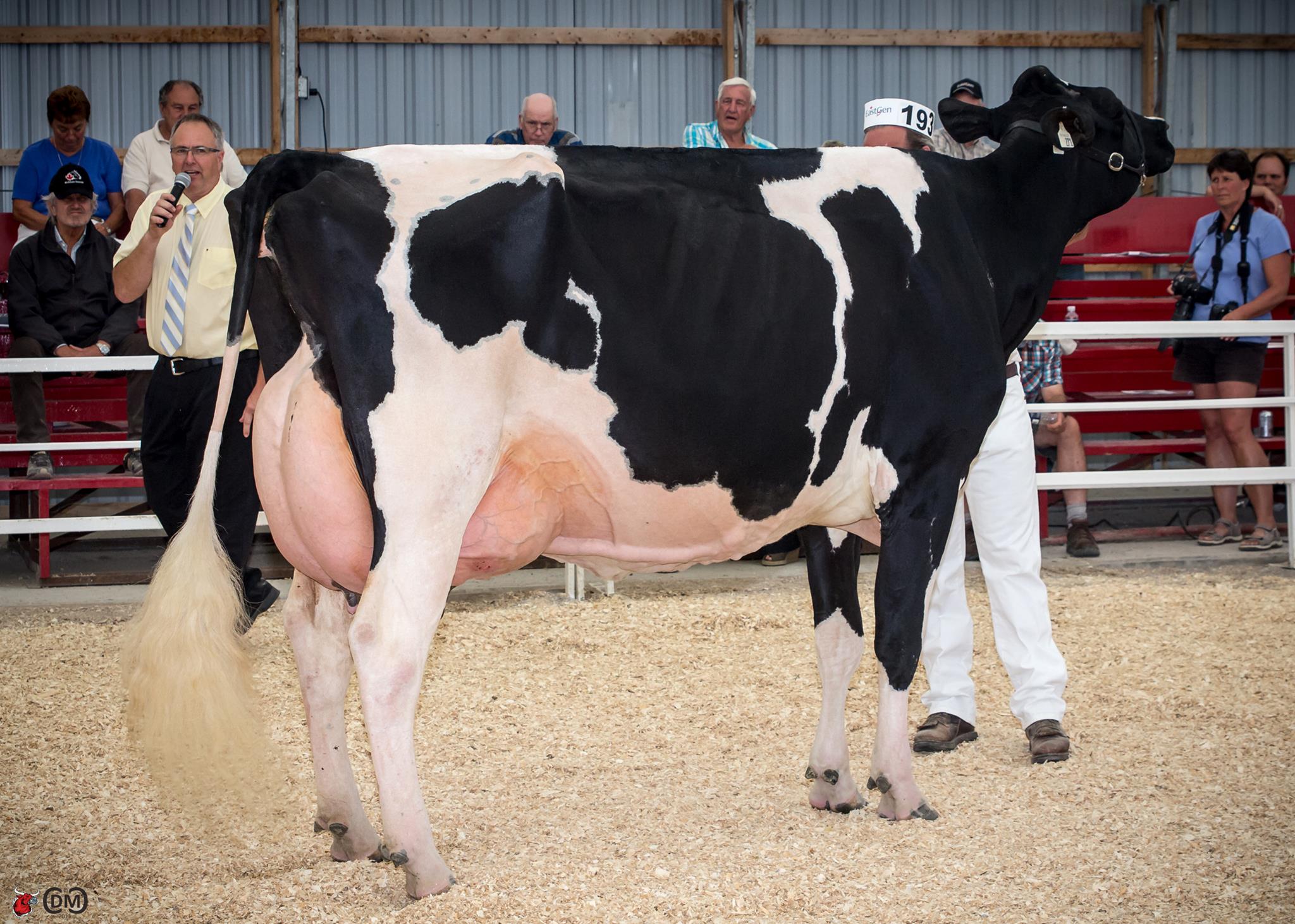
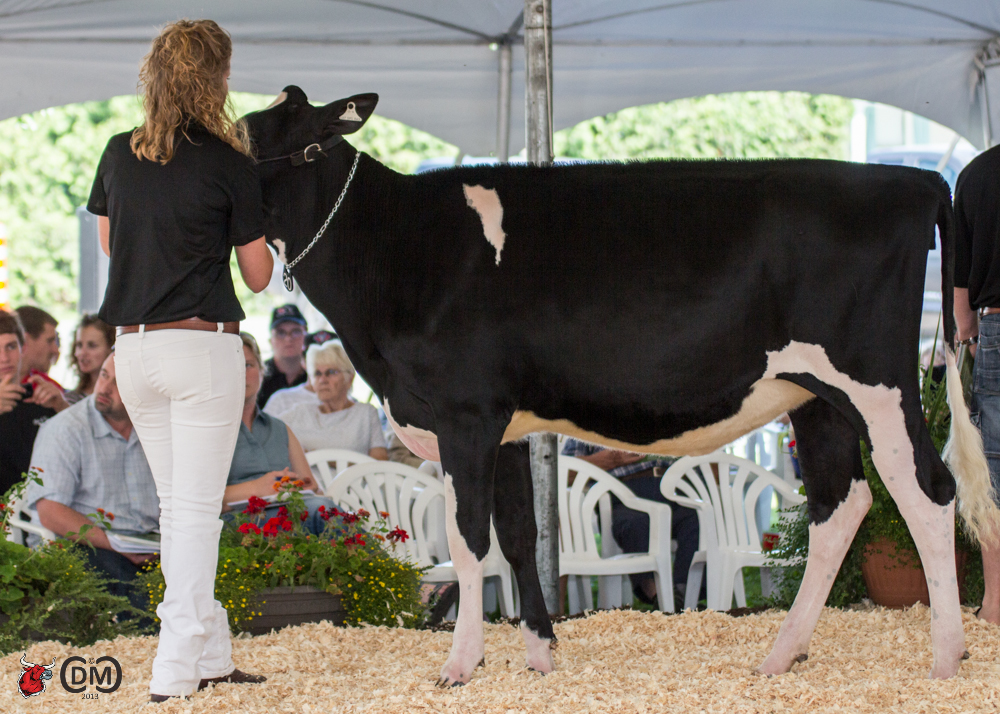
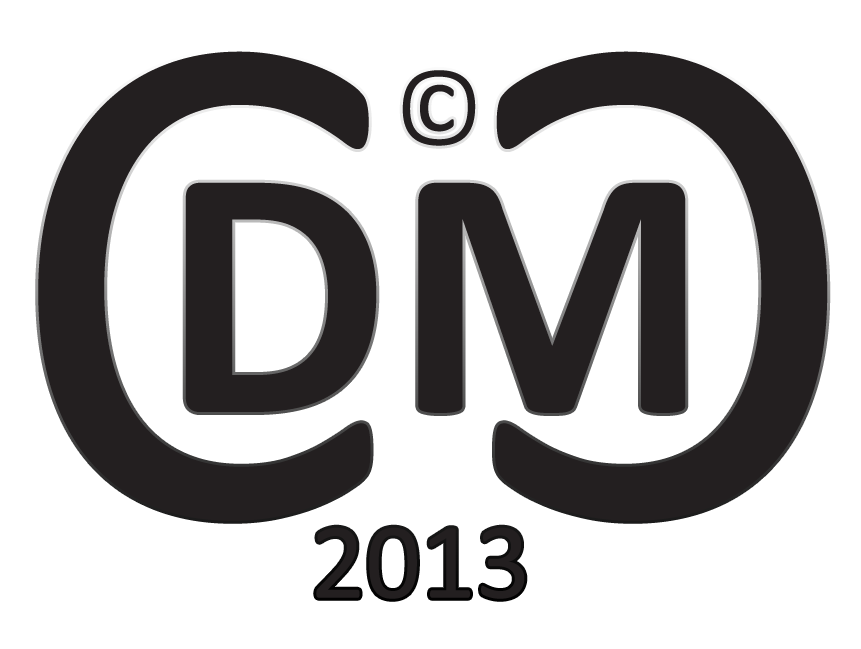
![sidney-crosby-alex-ovechkin-game-7[1]](https://www.thebullvine.com/wp-content/uploads/2013/05/sidney-crosby-alex-ovechkin-game-71.jpg) Due to the lockout of 2004-2005, Sidney Crosby and Alexander Ovechkin both entered the NHL in the same year. At the time there was great debate about who was going to be the better player. Since then the stats would tell you that Ovechkin has been the better investment. He has 371 goals, 365 assists for 735 points, whereas Crosby has had 238 goals, 427 assists for 665 points. However, sometimes numbers don’t tell the whole story. Even though Ovechkin has won more individual awards (Rookie of the Year, 2x NHL goal scoring leader, 2x most valuable player, vs. 1 MVP and 1 scoring title for Crosby), ask any NHL player which one is better and they would tell you that Crosby is by far. That is because Crosby not only puts up numbers himself but he also makes the players around him raise their level of play. For example, before playing on a line with Crosby, Chris Kunitz highest goal total was 26 in an 82 game season. This year, playing with Crosby he had 22 in the shortened 48 game season. That is an almost 50% increase. This outstanding ability to inspire others around him has resulted in Crosby having played more playoff games than Ovechkin and has already won a Stanley Cup in his career.
Due to the lockout of 2004-2005, Sidney Crosby and Alexander Ovechkin both entered the NHL in the same year. At the time there was great debate about who was going to be the better player. Since then the stats would tell you that Ovechkin has been the better investment. He has 371 goals, 365 assists for 735 points, whereas Crosby has had 238 goals, 427 assists for 665 points. However, sometimes numbers don’t tell the whole story. Even though Ovechkin has won more individual awards (Rookie of the Year, 2x NHL goal scoring leader, 2x most valuable player, vs. 1 MVP and 1 scoring title for Crosby), ask any NHL player which one is better and they would tell you that Crosby is by far. That is because Crosby not only puts up numbers himself but he also makes the players around him raise their level of play. For example, before playing on a line with Crosby, Chris Kunitz highest goal total was 26 in an 82 game season. This year, playing with Crosby he had 22 in the shortened 48 game season. That is an almost 50% increase. This outstanding ability to inspire others around him has resulted in Crosby having played more playoff games than Ovechkin and has already won a Stanley Cup in his career.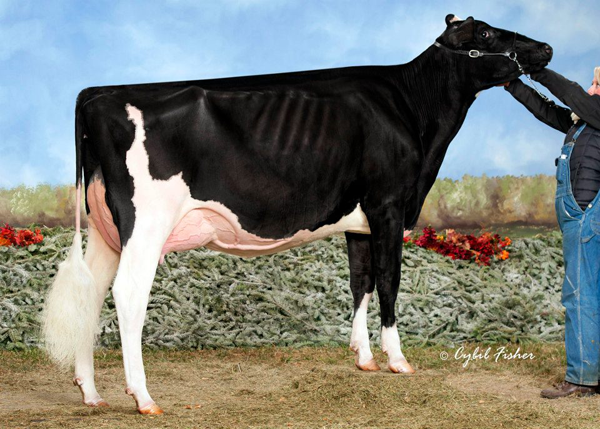

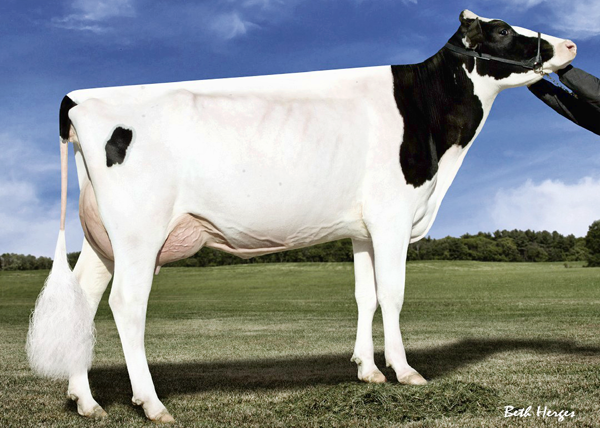
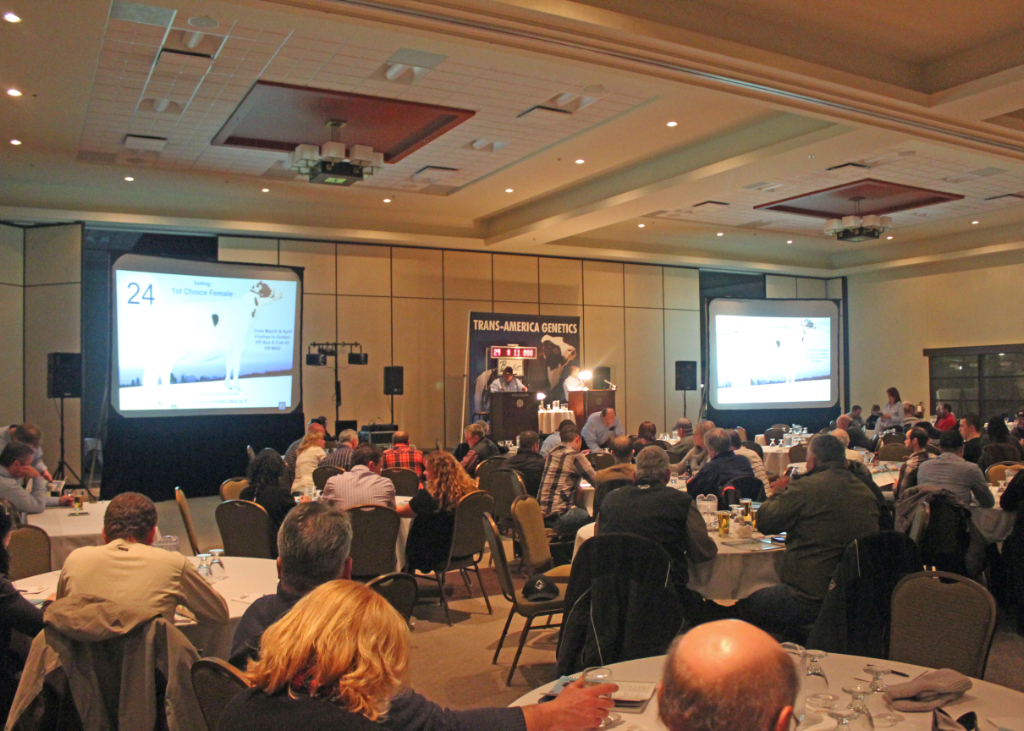 In our recent analysis of what is selling at the Canadian Auction sales of 2013, we found that high genomic animals, (animals that are over 3,000 LPI) outsold all other animals by a whopping 61%. (Read more at
In our recent analysis of what is selling at the Canadian Auction sales of 2013, we found that high genomic animals, (animals that are over 3,000 LPI) outsold all other animals by a whopping 61%. (Read more at ![7HO11781[1]](https://www.thebullvine.com/wp-content/uploads/2013/05/7HO117811.jpg)
![bigpc[1]](https://www.thebullvine.com/wp-content/uploads/2013/04/bigpc1.gif)

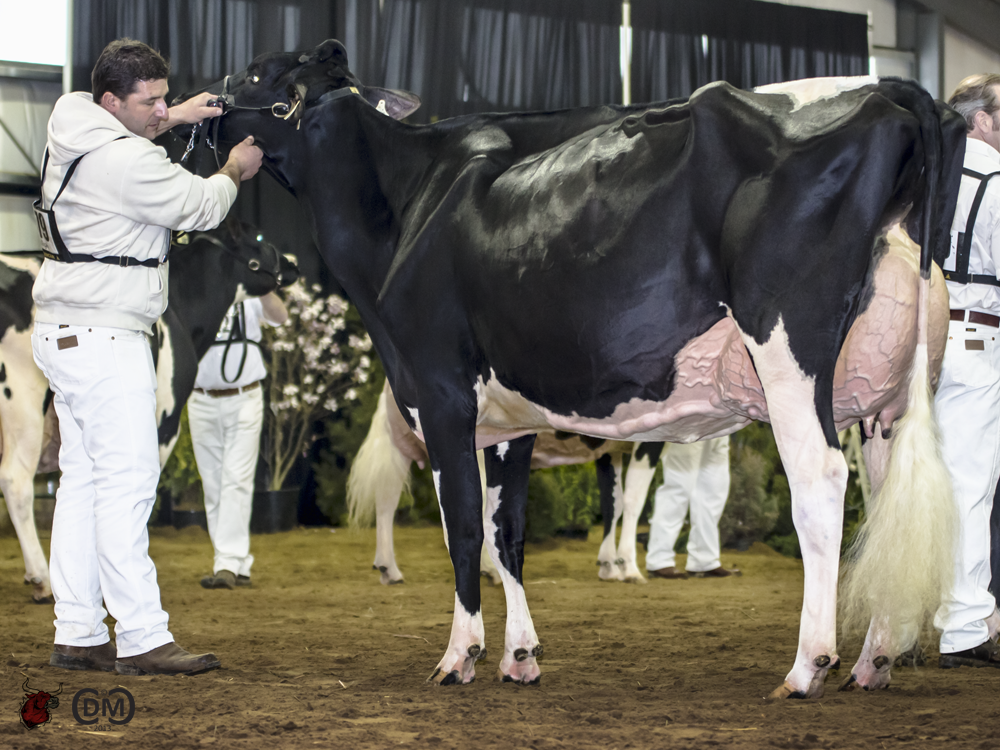
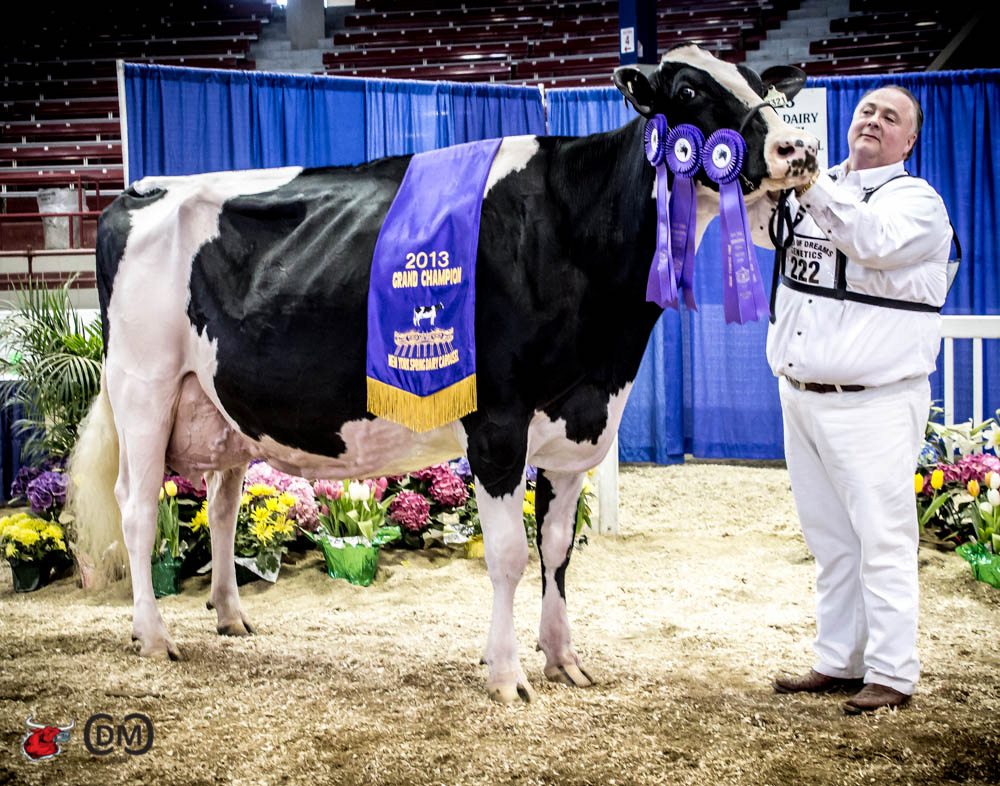
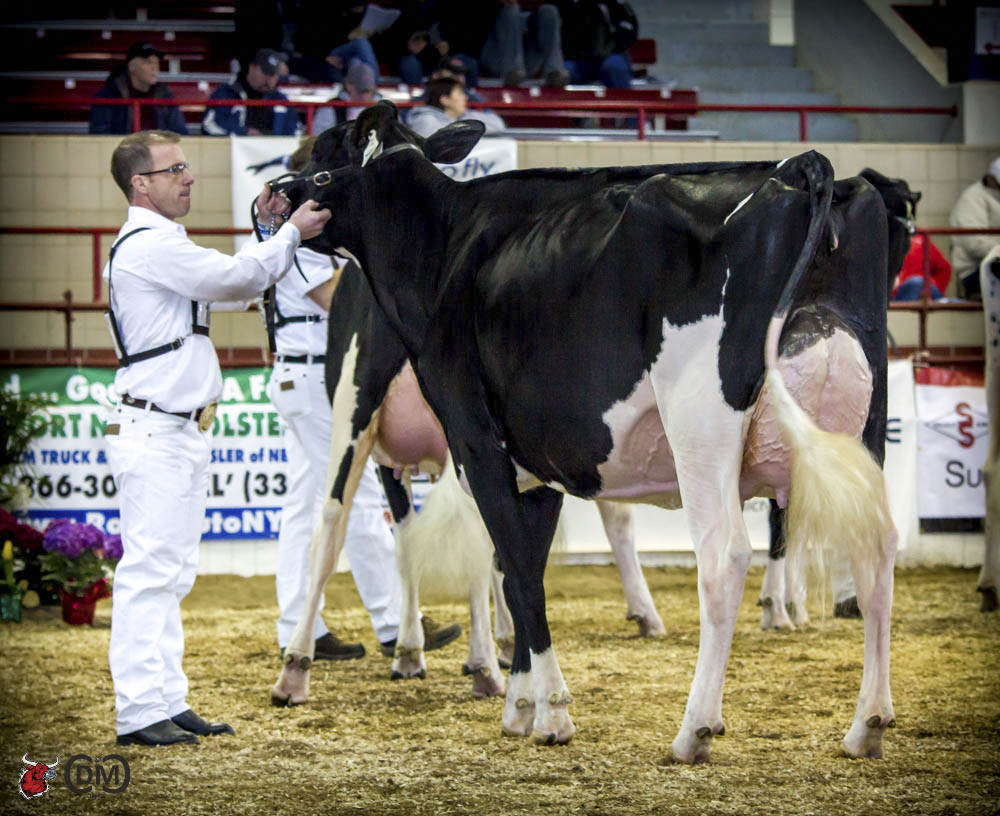
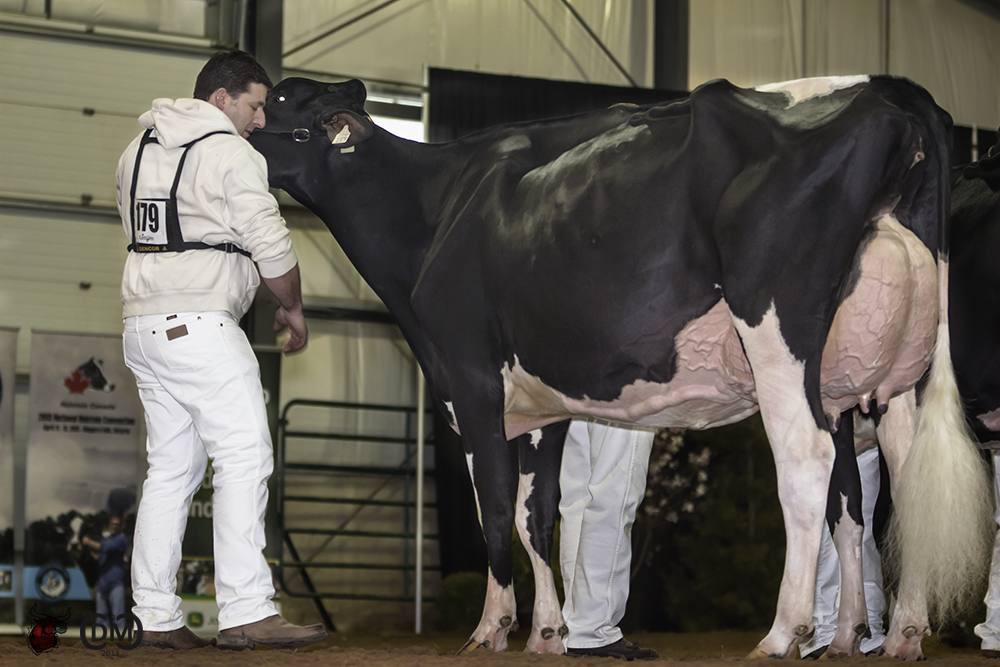
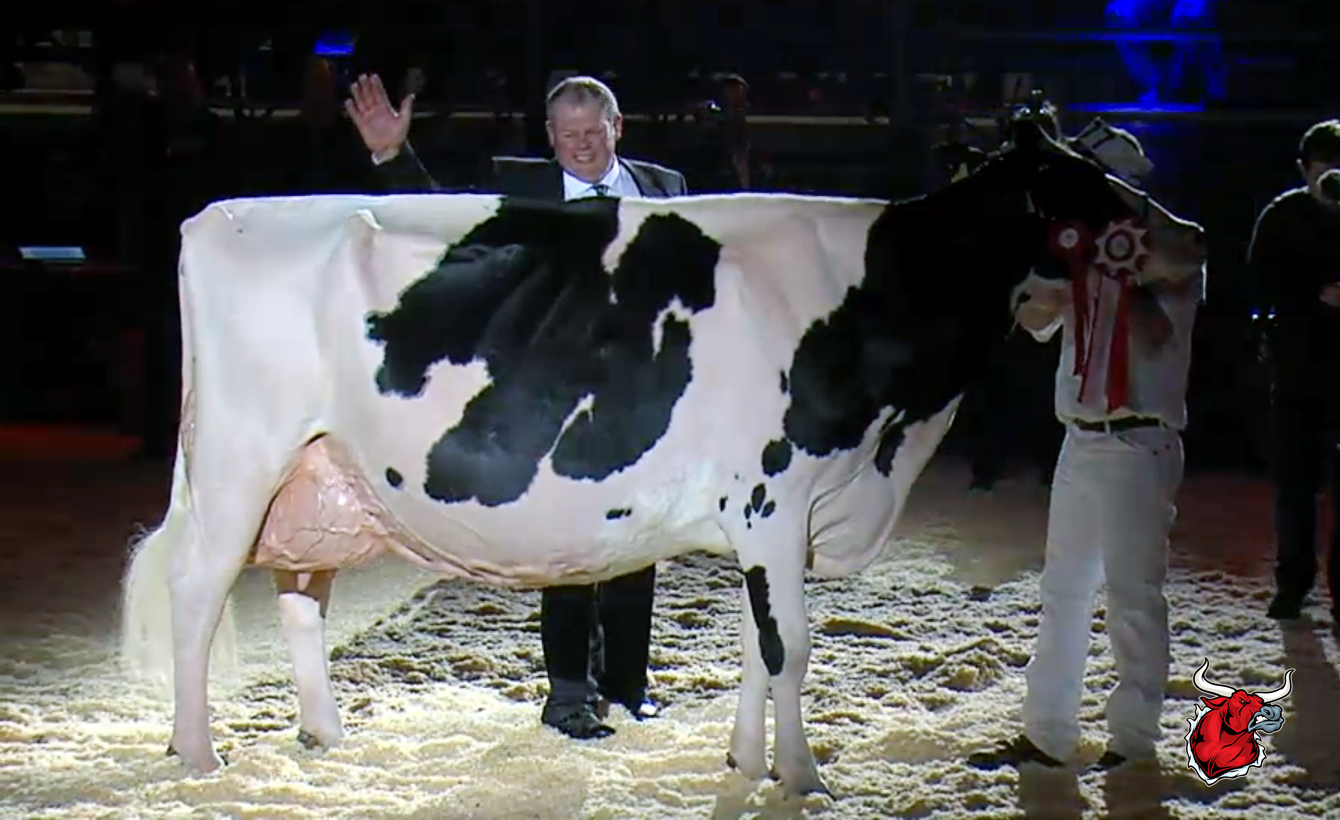


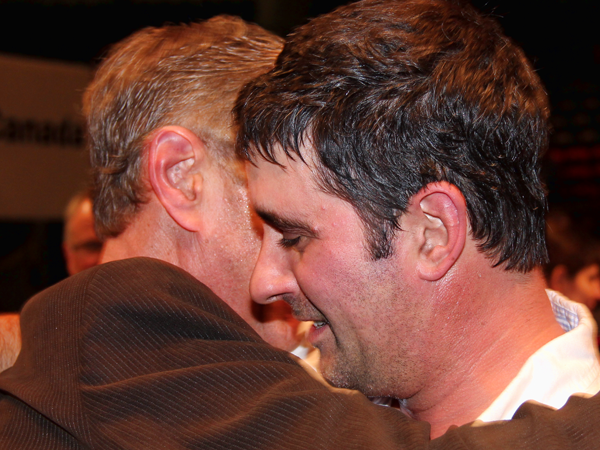
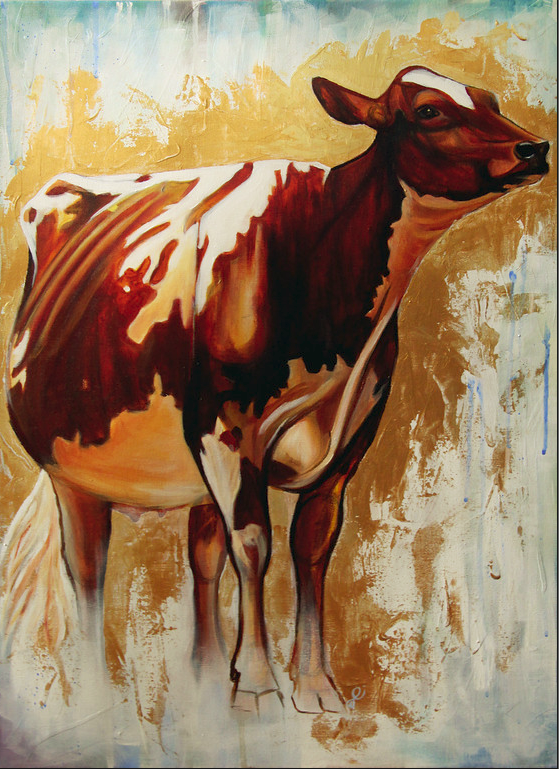

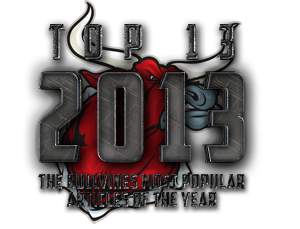
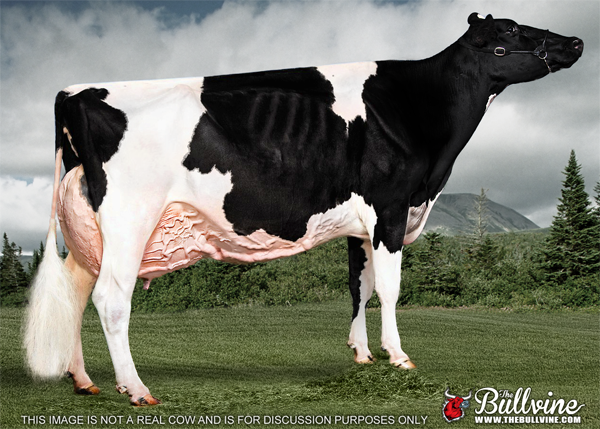
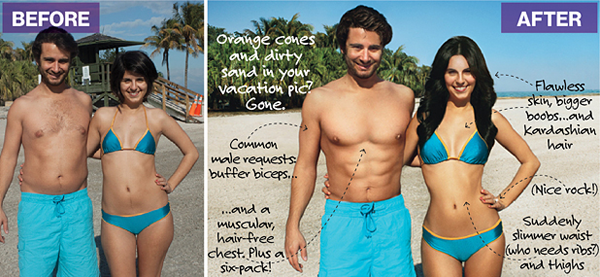
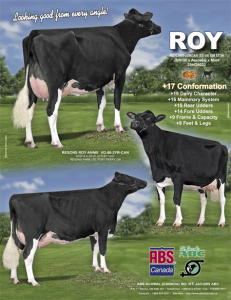
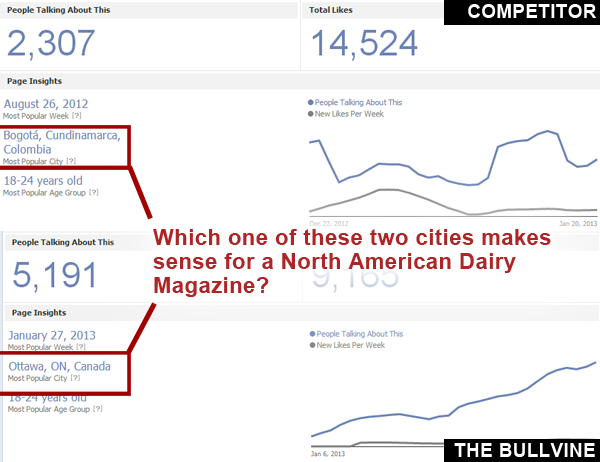
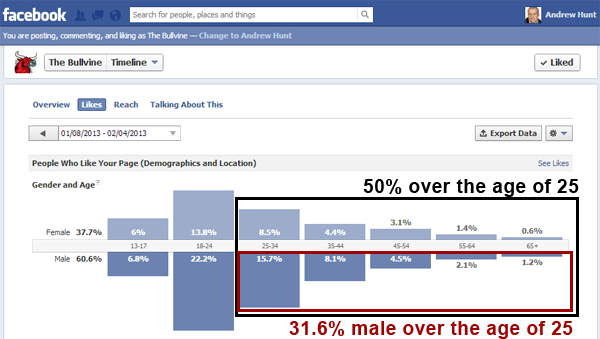
 For us here at the Bullvine Facebook has been one of the greatest sources for finding new readers. One of our current subscribers reads something on our website, finds it interesting enough to share it or make a comment about it on Facebook, and then
For us here at the Bullvine Facebook has been one of the greatest sources for finding new readers. One of our current subscribers reads something on our website, finds it interesting enough to share it or make a comment about it on Facebook, and then 